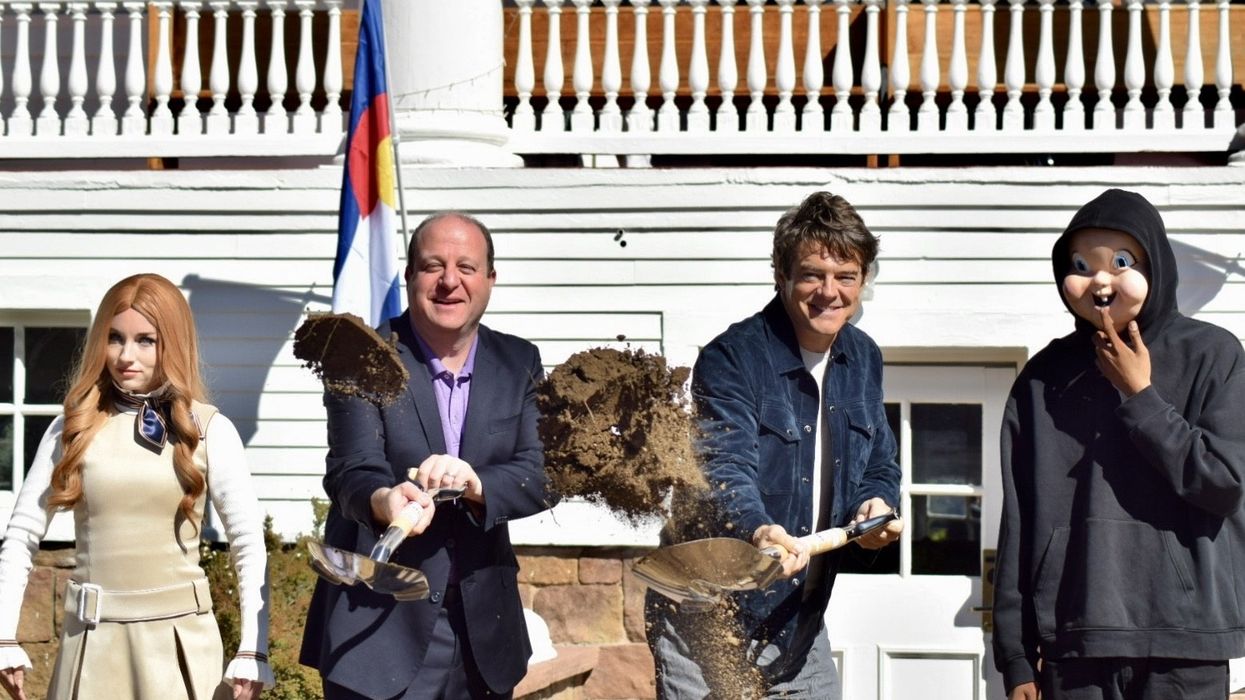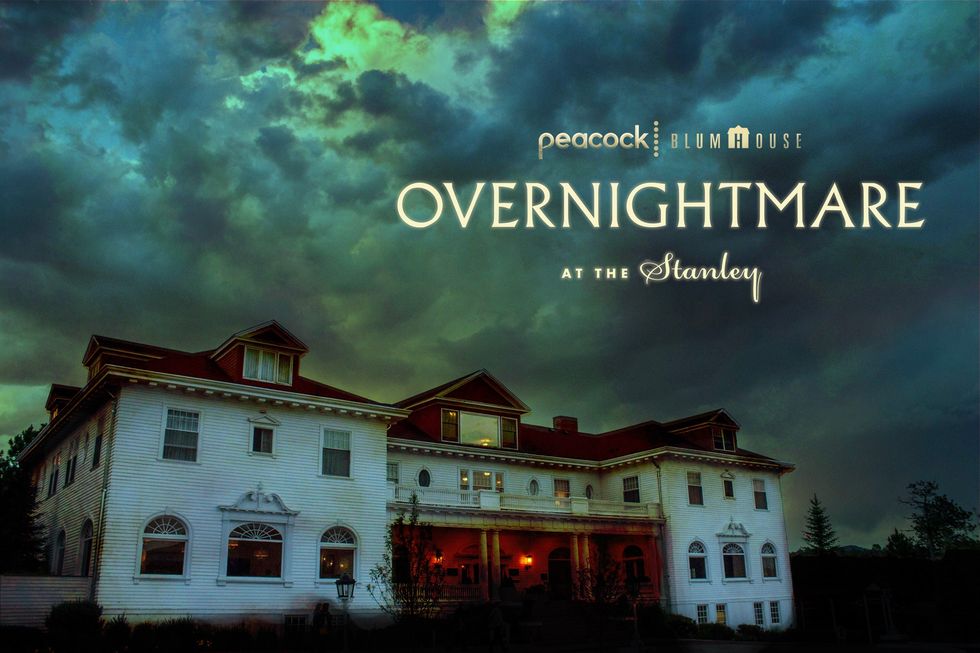Framestore, the visual effects specialist, has completed work on a major ticketed London exhibition which it describes as the Science Museum's most ambitious yet.
The Science Fiction: Voyage to the Edge of Imagination exhibition puts visitors in the centre of an interactive science fiction tale and is packed with artefacts and experiences that explore how scientists and science fiction writers have been inspired by one another through creativity and innovation.
Gavin Fox and Henry Trotter, creative directors at Framestore, collaborated with executive producer Lauren Anderson to design an immersive journey through space on a spaceship, complete with an AI guide and new extraterrestrial language made especially for the exhibition.
An unconventional story
Almost three years ago, the Science Museum approached Framestore about taking on the project. They were specifically looking for businesses that could provide an alternative viewpoint on experience-led design.
“What they liked about us was not just our credentials in the science fiction world, but our approach to creating compelling immersive worlds and storytelling,” says Trotter.
“They wanted us to tell a story in an unconventional way. They wanted this to be a journey that the audience can walk through, full of drama, revelations, and a meaningful sense that you have arrived at a different destination from where you started, both physically and emotionally."
Creating a realistic adventure
Framestore collaborated with P&P Projects, a Dutch scenic design firm that specialises in bringing fictional worlds to life in theme parks and high-end attractions.
Fox says: “Together, our role was to define a story and physical space that would provide a realistic science fiction adventure, exploring the link between the genre and genuine science - not forgetting that this design would also have to be flexible and robust enough to tour the world for the next five years.”
Anderson adds: “For us, the big production challenge was to consider how every element, from visitor throughput, story, and interactivity, to physical build, lighting and sound design - all elements provided by multiple different vendors - would fit together to create a single immersive experience for visitors.
"But those are the kind of challenges we come up against all the time in Framestore’s Immersive Team - and we could bring all that experience to this ambitious project.”
The unexpected trip to an alien planet where visitors come face to face with an ethereal alien lifeform is one of the exhibition's most thrilling features.
Fox explains: “There is actually a swarm of thousands of glowing creatures whose movements are deliberately unusual and hard to figure out, because we don’t understand them, and they don’t understand us - and it’s all rooted in scientific theory to make it as real as possible for the visitors.”
“To create this real-time mysterious encounter, we used multiple LiDAR scanners to track different groups of guests simultaneously, which drives interactive lighting, immersive sound design, and a multi-array projection dome featuring a real-time Unreal Engine visualisation of our extra-terrestrial beings.”
The use of the alien language known as "Bhaux" throughout the ship emphasises the idea of leaving the familiar behind. This alien language, created by Fox using a language creation tool customised to provide a realistic grammar and structure, is meant to be distinct from any other language spoken on Earth.
Inspired by Sci-Fi culture
The project team drew also leaned on its immersive storytelling skills for this specific museum exhibition. Trotter explains: “Previously, we have often designed individual parts of a bigger experience; on this occasion our focus has been more on a complete experience design, telling a story using every available element within the wider design.”
“We applied the experience we have gained in immersive theme park rides and attractions, where the design is based on a known story, in a way that can still surprise and actively involve the audience. Though the story in this exhibition is original, it is still grounded in tropes from multiple science fiction stories.
"We’ve tried very hard to strike that balance, crafting a fascinating new adventure while hinting at stories people already know and love - and, of course, there are easter eggs littered throughout, subtly woven into dialogue, signage, soundscape, and scenery.”
Creative director Fox concludes: "For me, I have loved finalising the project, seeing the real physical world being pieced together in the Science Museum. Not only is it amazing seeing all of these ideas come to life, but the last-minute problem solving, getting people together from so many disciplines stood around in a circle with paintbrush, power tool or architectural plan in hand, to make sure every detail stays correct to the world we are creating - that is such a fun and rewarding part of the entire project.”
Earlier this year Framestore completed work on the launch spot production for Paramount+, one of the latest major streaming services to debut in the UK market.
Charlotte Coates is blooloop's editor. She is from Brighton, UK and previously worked as a librarian. She has a strong interest in arts, culture and information and graduated from the University of Sussex with a degree in English Literature. Charlotte can usually be found either with her head in a book or planning her next travel adventure.
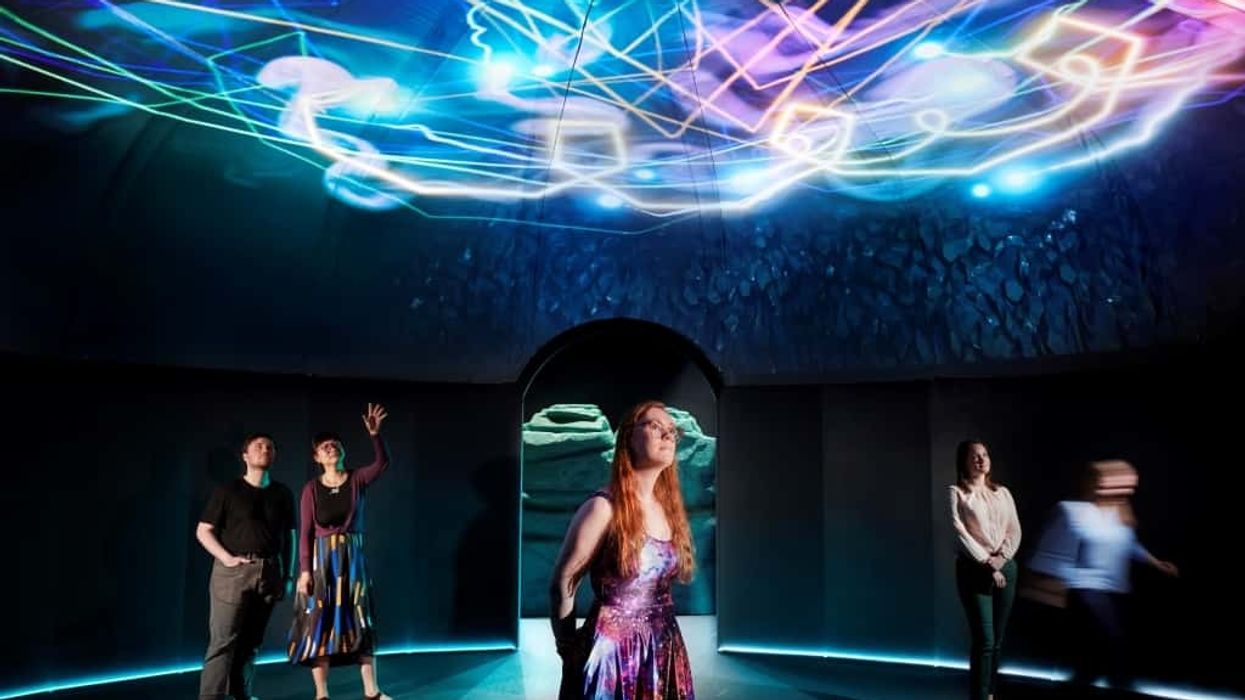






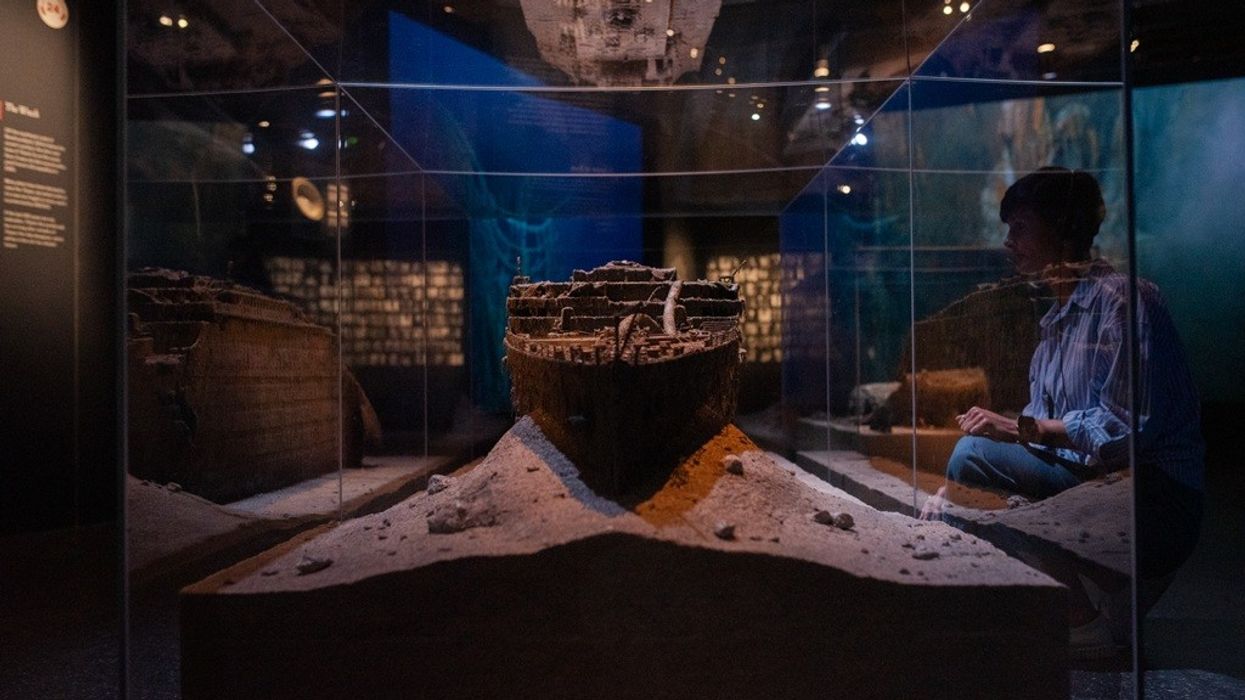

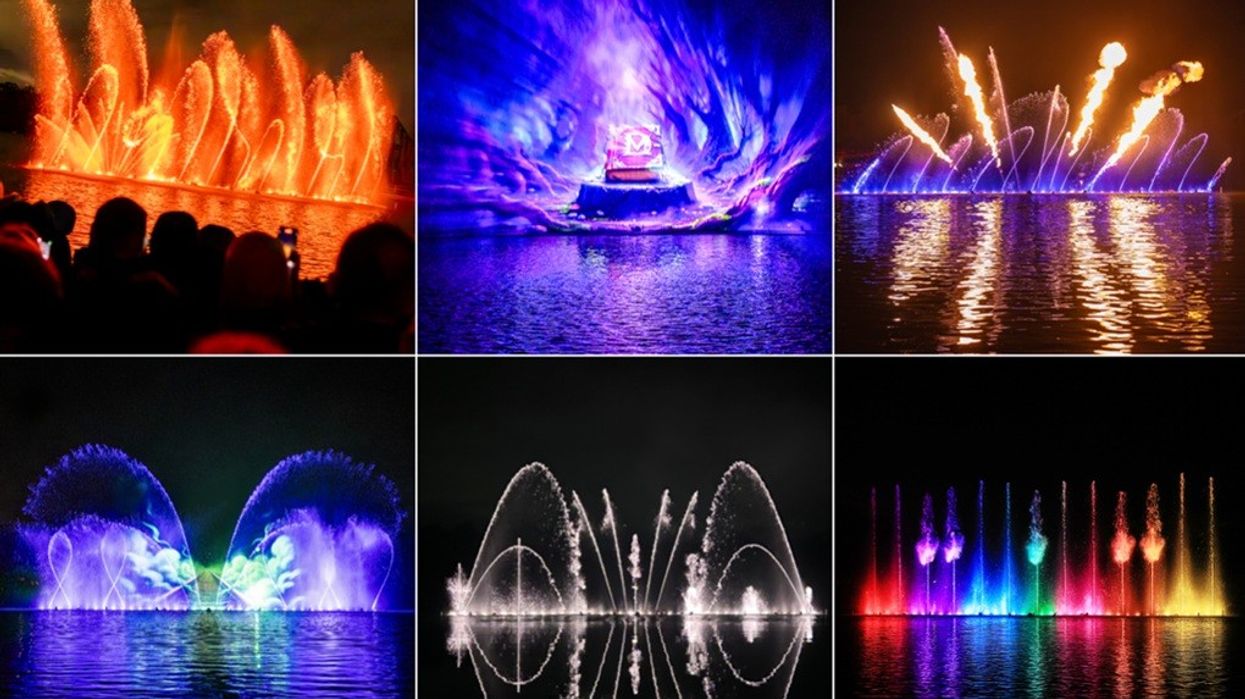
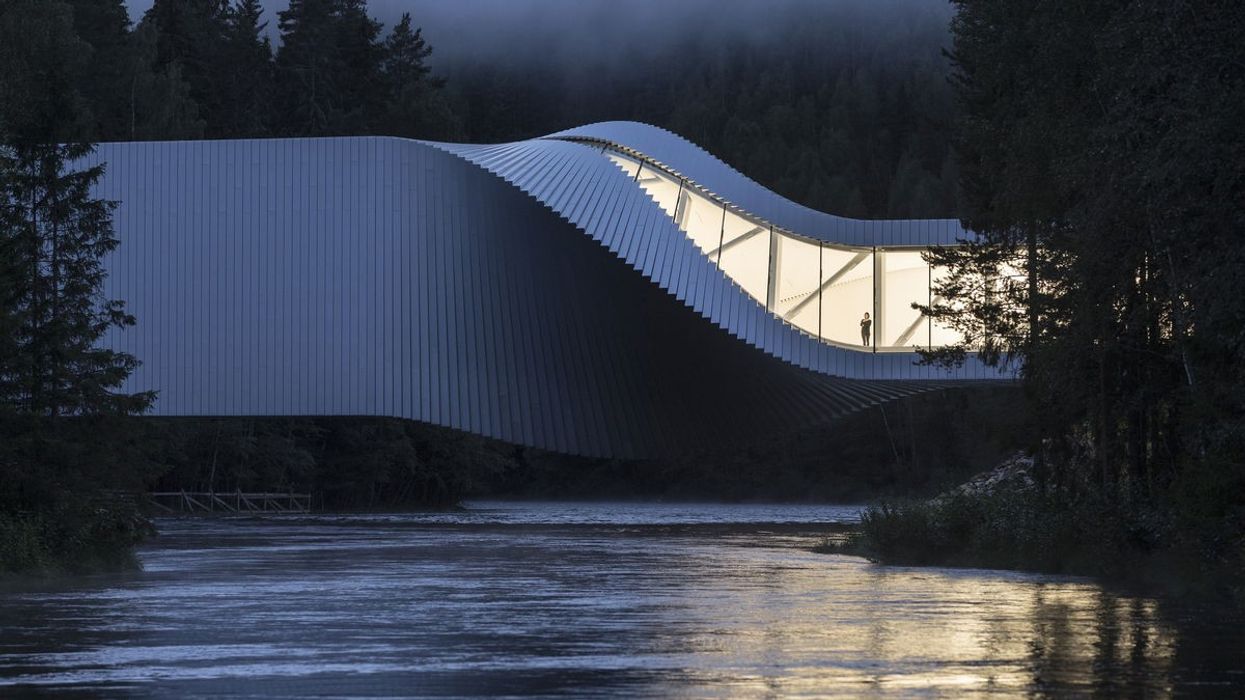
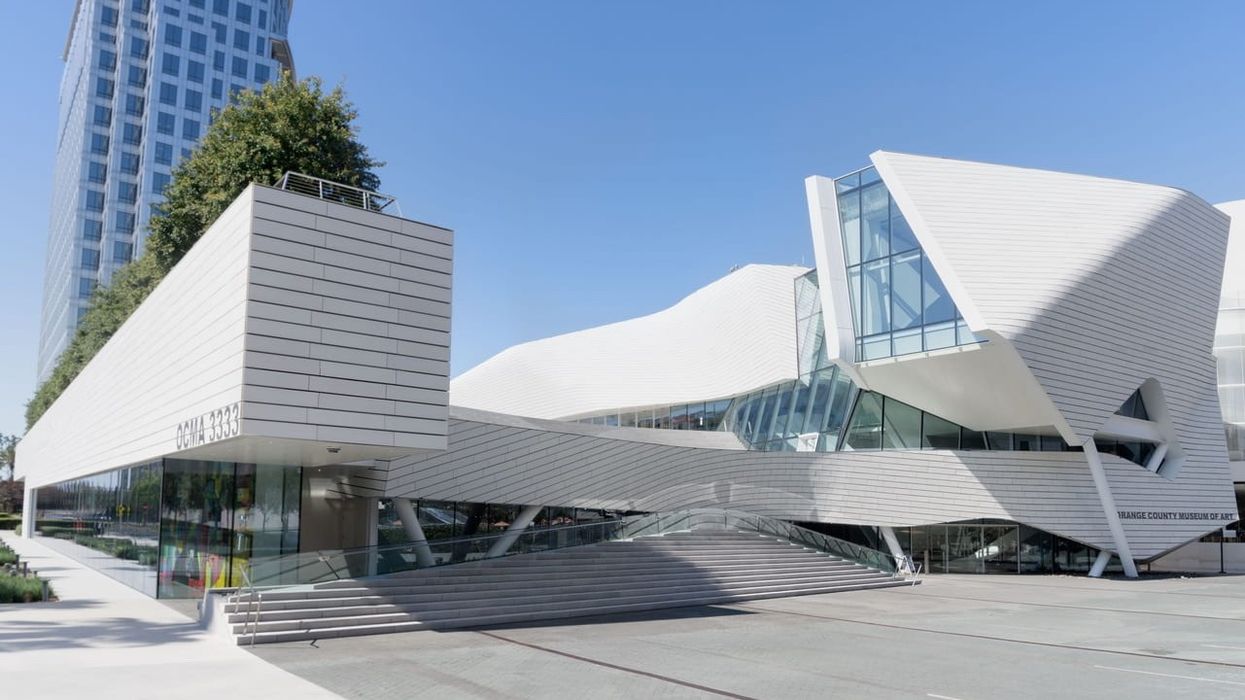








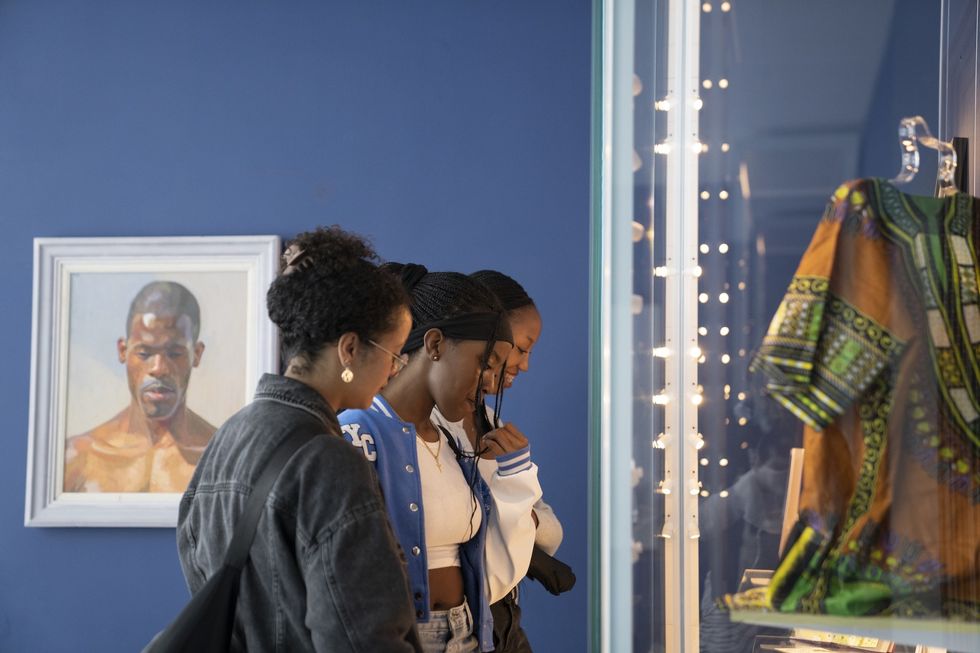
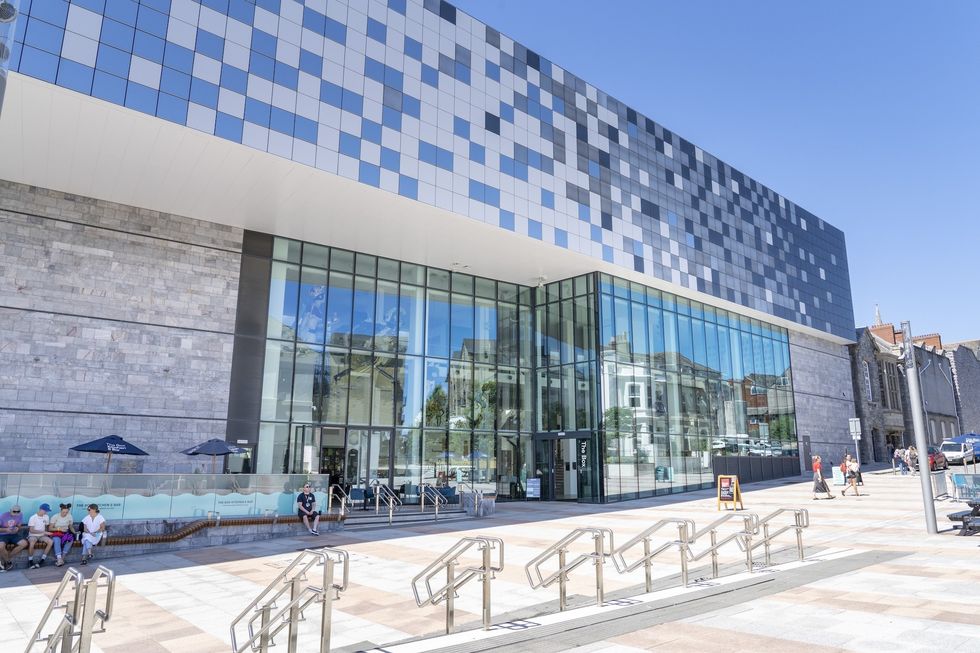

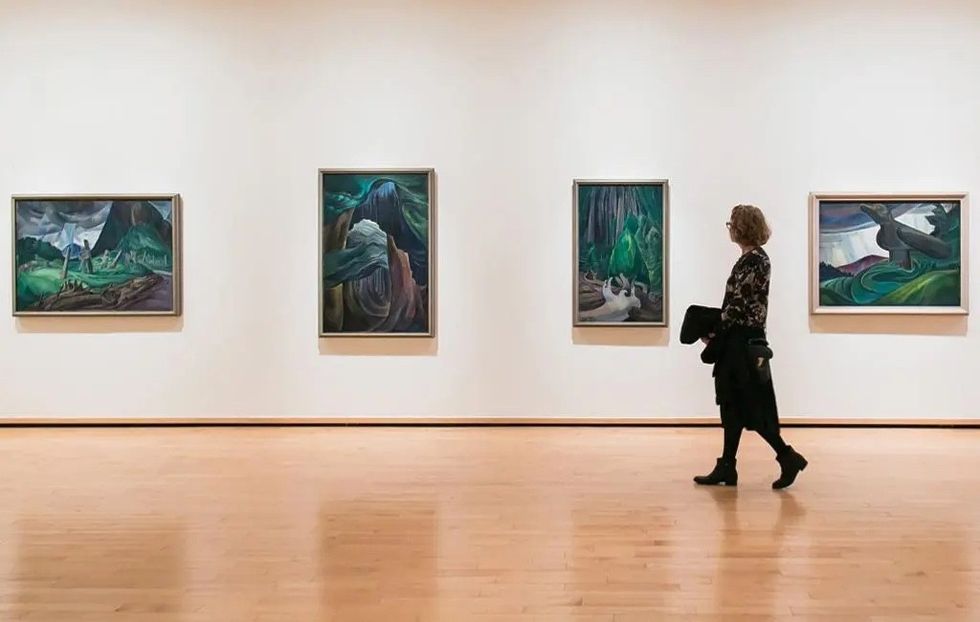
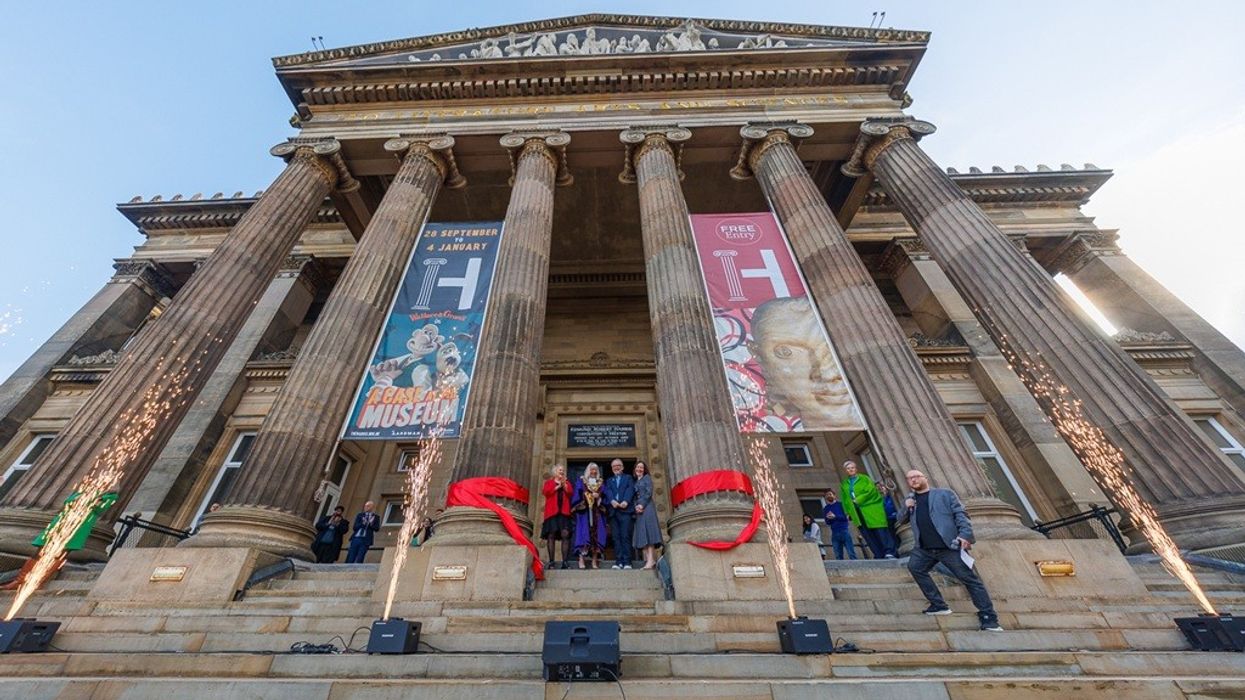
 Courtesy Simon Critchley Photography
Courtesy Simon Critchley Photography Courtesy Michael Porter Photography
Courtesy Michael Porter Photography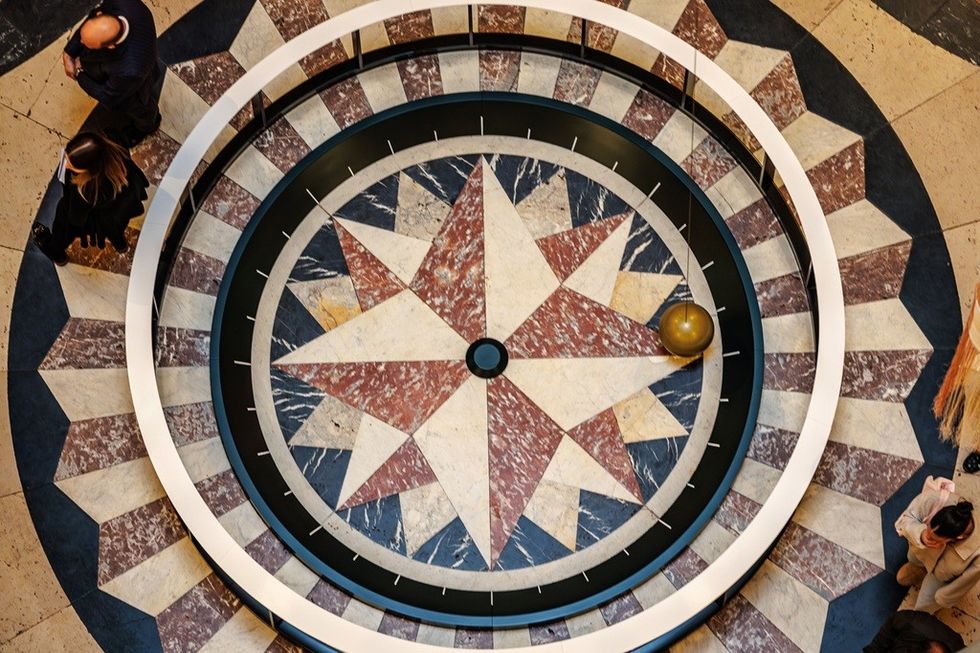 Courtesy Michael Porter Photography
Courtesy Michael Porter Photography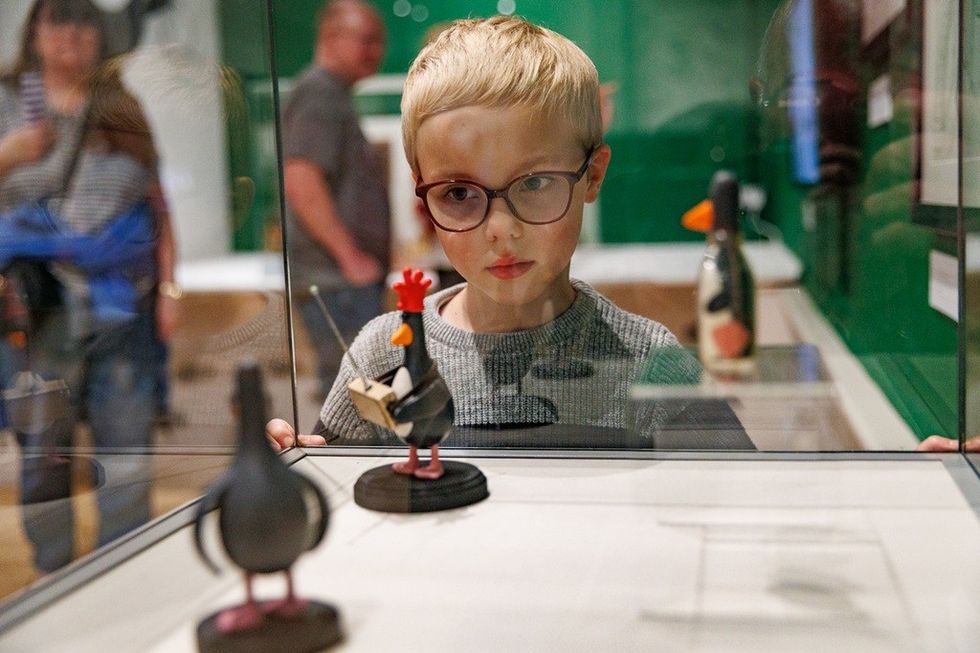 Courtesy Michael Porter Photography
Courtesy Michael Porter Photography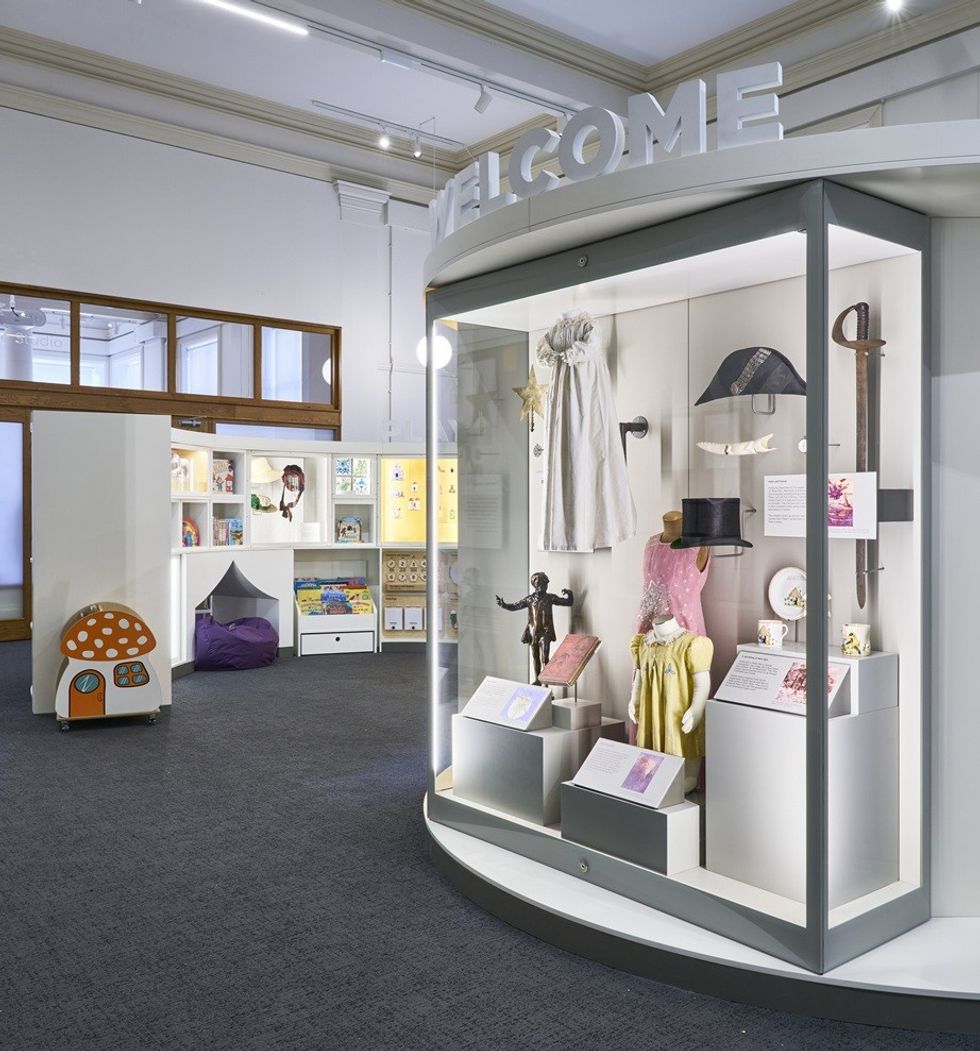 Courtesy Simon Critchley Photography
Courtesy Simon Critchley Photography Courtesy Michael Porter Photography
Courtesy Michael Porter Photography